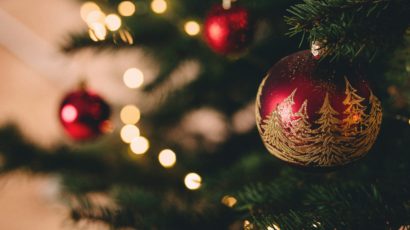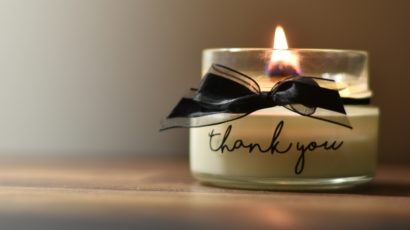Posted by Dr Michelle Wright
Welcome back to Health Matters after the Summer break! Everyone keeps asking, how was your summer: but it’s still ongoing!
I’m sure, like me, Dr Michelle Wright, many of you have been cooling off over the summer months with a dip in the lake.
Or, over recent weeks, maybe you’ve been put off by the news of toxic cyanobacteria around the Villeneuve region.
They were detected in early August, and it all started with, sadly, the death of a dog, alerting the cantonal authorities to the presence of these toxic organisms. Similar bacteria have been found in Swiss lakes and waters before, including in Lake Neuchatel.
What exactly are cyanobacteria, and do we need to worry?
The specific type found in Villeneuve usually grow in rivers and look like algae, forming a sort of slimy carpet on the rocks below. Sometimes, they get carried away by the current, and that’s when they become a problem for those of us enjoying the water above.
Cyanobacteria only become problematic when they proliferate excessively and produce toxins.
One hypothesis from the scientific community as to why they’re starting to become a problem is global warming and a rise in water temperatures, creating an environment where they can flourish.
Storms and heavy rainfall (also related to global warming), contribute to soil leaching. This brings an influx of nutrients into our rivers – nutrients that feed phytoplankton, including cyanobacteria.
Of course, Villeneuve is near where the Rhone joins Lake Geneva. The good news is that so far, toxic cyanobacteria have never been found in the deeper, central parts of the lake.
What should you watch out for?
If you see spongy or slimy masses floating on the water’s surface, steer clear!
The risks are higher for young children and pets, who are more susceptible to contamination because they’re more likely to ingest water while swimming and playing.
The toxins produced by certain species can cause the death of pets.
In humans, symptoms vary, ranging from gastrointestinal symptoms like stomach pains, diarrhea and vomiting, to flu-like symptoms – fever, headache and joint pains – to skin irritations.
Don’t worry, though – scientists and authorities are on the case. Researchers are even using satellite images to keep an eye on phytoplankton activity.
What precautions are the authorities recommending?
But to be safe, authorities are recommending the following precautions:
- Don’t swim in areas with visible algae.
- Supervise young children so that they don’t drink lake water or put pebbles taken from the beaches in their mouths.
- Don’t allow animals to bathe or drink.
- Respect any swimming bans and swim only in areas designated for this purpose.
- Avoid swallowing the water.
- Shower after swimming and dry yourself thoroughly.
And of course, if you do become unwell, seek medical advice as needed.
With these precautions, we can still enjoy the lake for a few more weeks.





